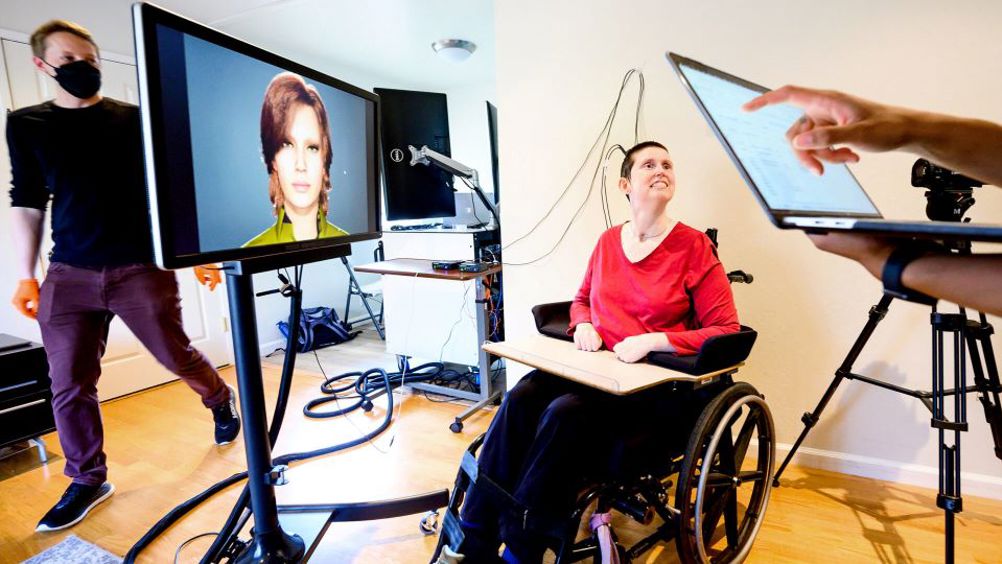Digital avatar relays decoded brain signals to give voice to paralysed woman
A woman with severe paralysis from a brainstem stroke can speak through a digital avatar following the development of a brain-computer interface at UC San Francisco and UC Berkeley.

The breakthrough marks the first time that speech or facial expressions have been synthesised from brain signals. The system can also decode these signals into text at nearly 80 words per minute, which improves on commercially available technology.
Edward Chang, MD, chair of neurological surgery at UCSF hopes this latest research breakthrough, will lead to an FDA-approved system that enables speech from brain signals in the near future. The is detailed in Nature.
“Our goal is to restore a full, embodied way of communicating, which is really the most natural way for us to talk with others,” Chang said in a statement. “These advancements bring us much closer to making this a real solution for patients.”
Chang’s team previously demonstrated it was possible to decode brain signals into text in a man who had also experienced a brainstem stroke. The current study demonstrates the decoding of brain signals into the richness of speech, along with the movements that animate a person’s face during conversation.
Chang implanted a paper-thin rectangle of 253 electrodes onto the surface of the woman (Ann)’s brain over areas that are critical for speech. The electrodes intercepted the brain signals that, if not for the stroke, would have gone to muscles in her tongue, jaw and larynx, as well as her face. A cable plugged into a port fixed to her head connected the electrodes to a bank of computers.
Register now to continue reading
Thanks for visiting The Engineer. You’ve now reached your monthly limit of news stories. Register for free to unlock unlimited access to all of our news coverage, as well as premium content including opinion, in-depth features and special reports.
Benefits of registering
-
In-depth insights and coverage of key emerging trends
-
Unrestricted access to special reports throughout the year
-
Daily technology news delivered straight to your inbox










Water Sector Talent Exodus Could Cripple The Sector
Maybe if things are essential for the running of a country and we want to pay a fair price we should be running these utilities on a not for profit...